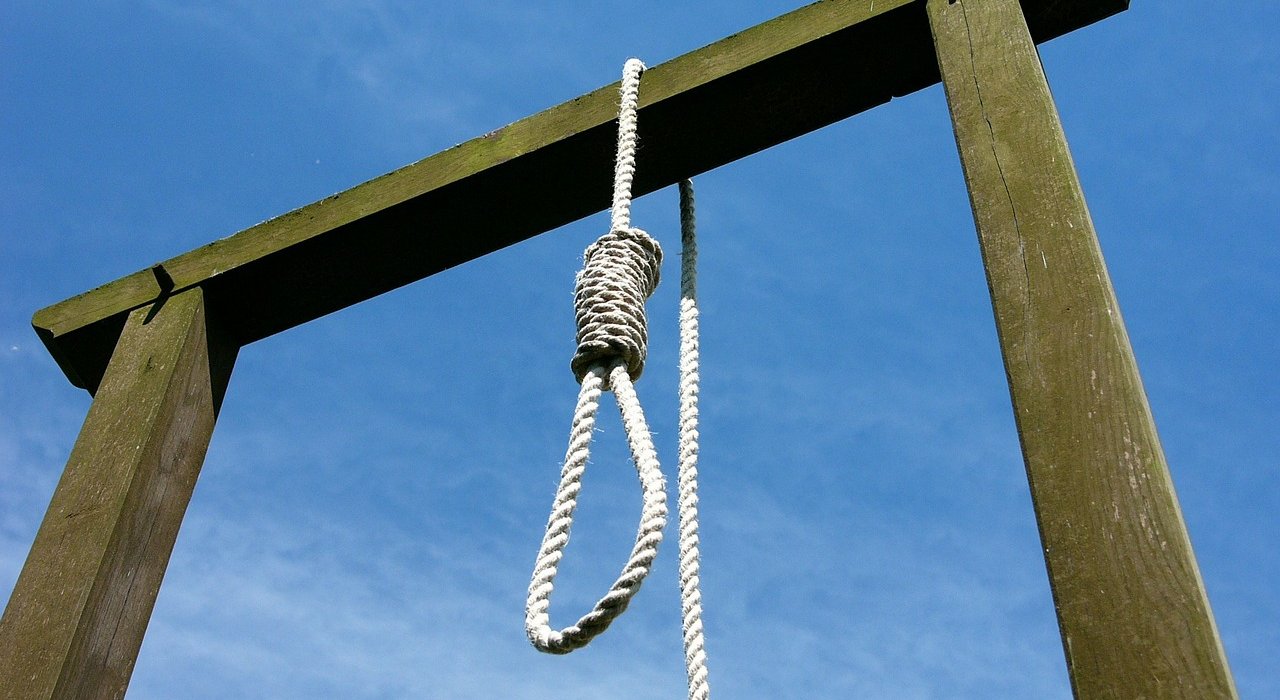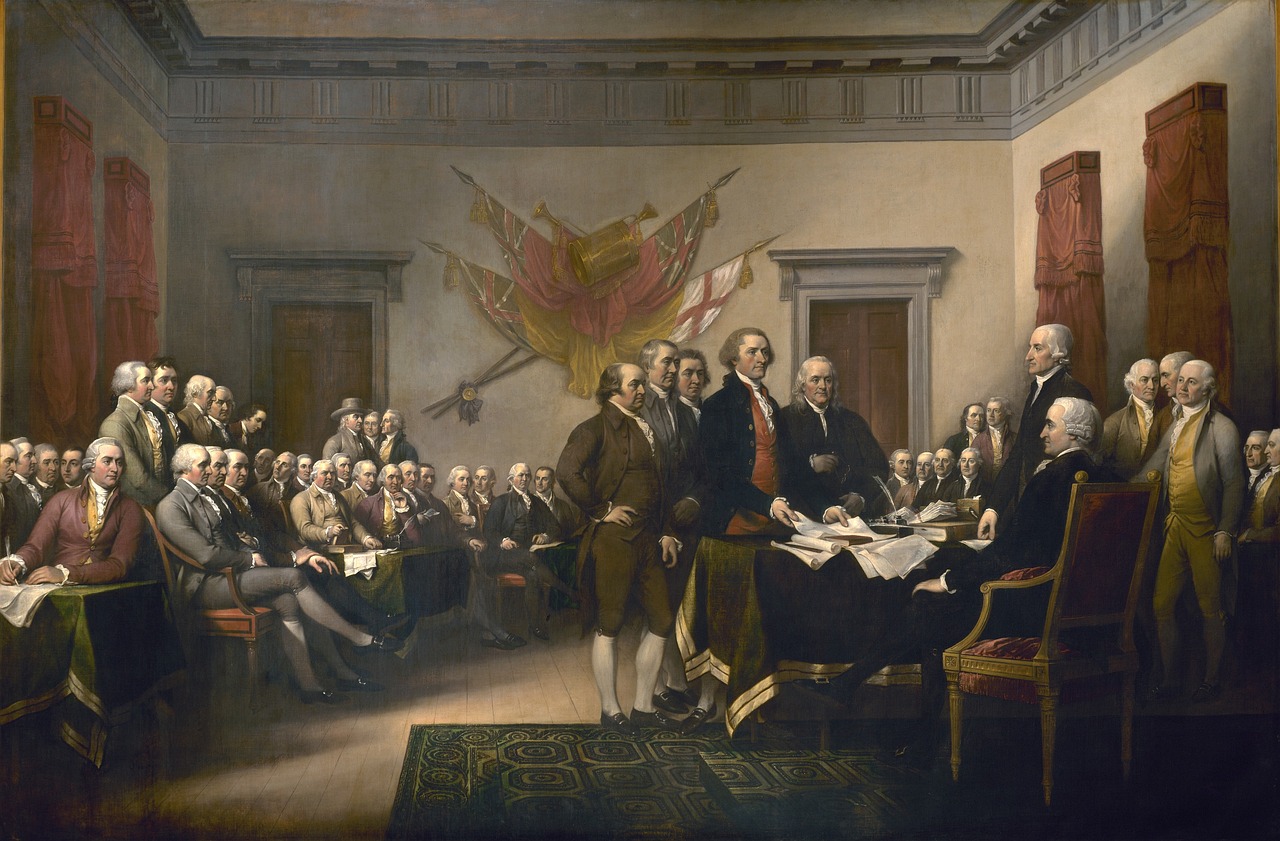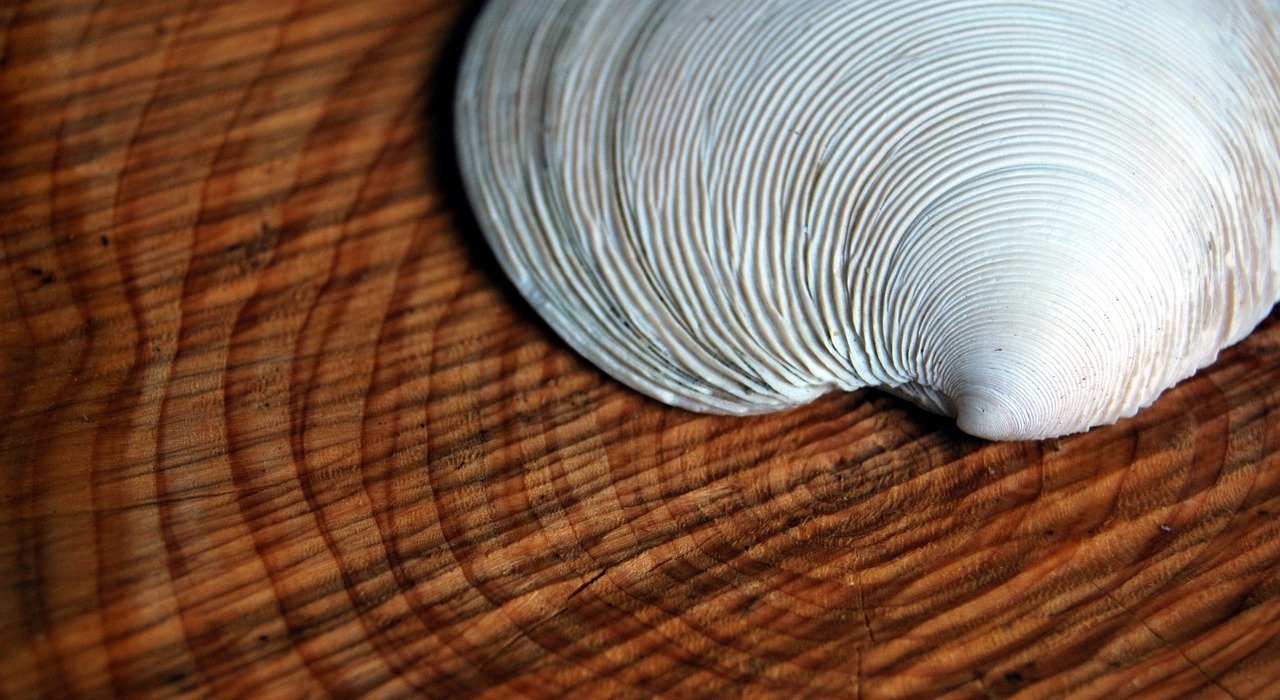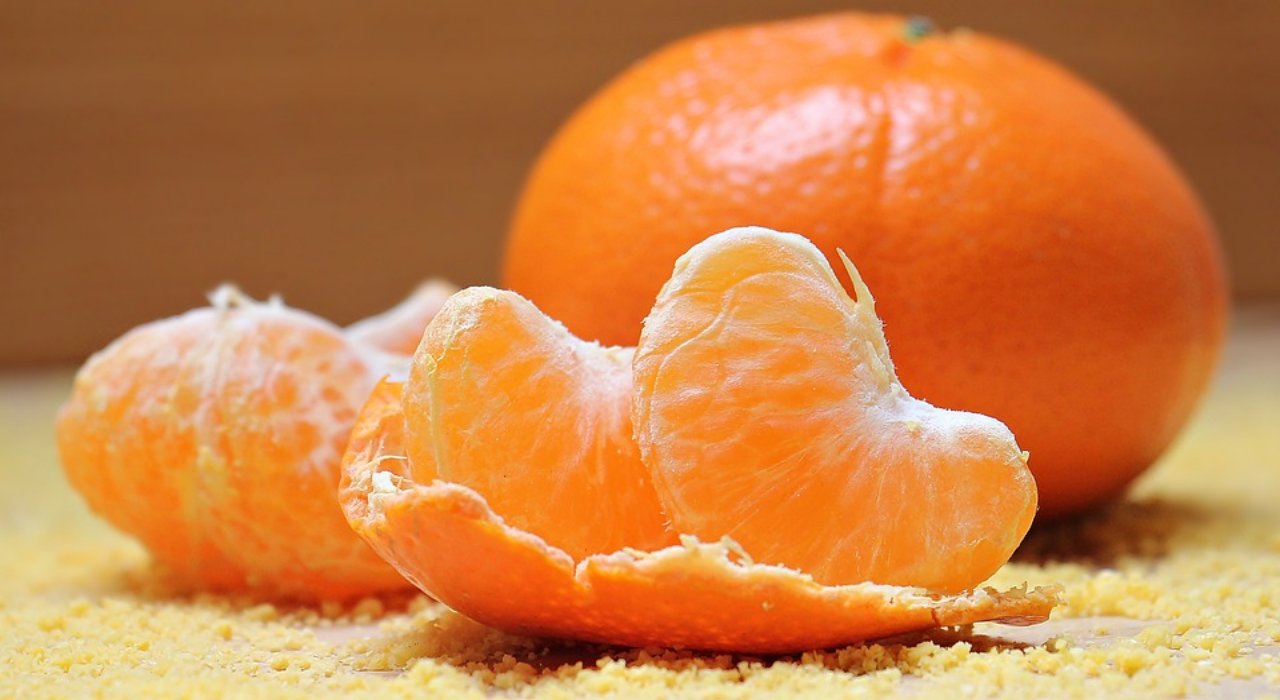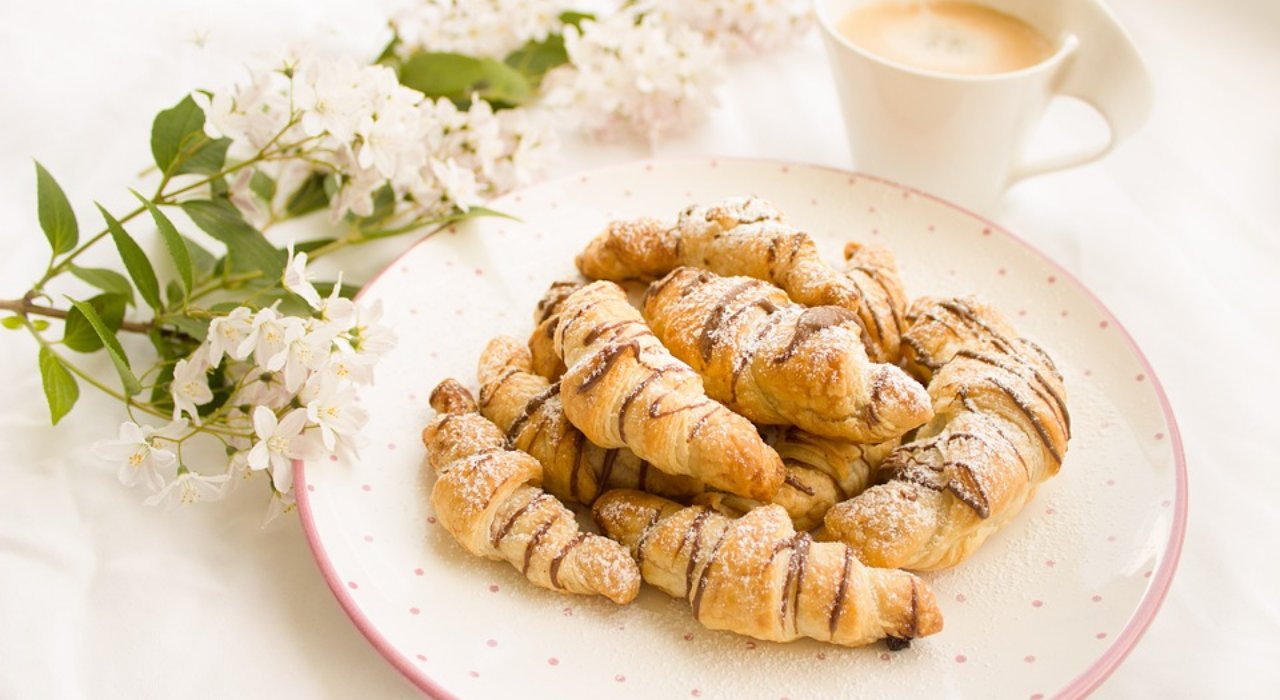Two recent cases – one at the PTAB and one at the Federal Circuit – illustrate key considerations in determining whether a nature-based product is patent eligible under 35 U.S.C. §101.
In ex Parte Ronchi, the PTAB reversed an examiner’s rejection of claims as patent ineligible under §101. Independent claim 13 recited:
A powder solid composition comprising at least one phospholipid and a hydroalcoholic extract of Bergamot fruit containing flavonoids, neoeriocitrin, naringin and neohesperidin as the only extract.
The examiner found that claim 13 was directed to a “product of nature, namely naturally occurring compounds found in Bergamot fruit.” The examiner acknowledged that the recited hydroalcoholic extract was not found in nature, but argued that isolation or purification by itself “does not result in a product which is ‘markedly different’ from the naturally-occurring component.”
The appellant acknowledged that the components in claim 13 were naturally occurring, but argued that the claimed powder solid composition “is a physical form distinct from any of the naturally-occurring sources of the claimed composition.” The appellant also argued that the combination of phospholipid with the hydroalcoholic extract provided a markedly different characteristic (improved bioavailability of at least naringin and neohesperidin) compared to the extract alone.
The PTAB agreed with the appellant. Citing the Supreme Court case of Myriad, the PTAB acknowledged that “claiming a natural product that is merely separated from elements found in its natural environment, where the structure of the natural product is not otherwise altered, does not support a conclusion that the isolated product is patent eligible.” However, the PTAB noted that “the mere fact that the components of the claimed composition are all nature-based does not end the inquiry as to whether the claimed composition recites a judicial exception.” Instead, according to Myriad (and Chakrabarty) it is necessary to evaluate the claimed composition for “markedly different characteristics from any found in nature.”
In analyzing the composition of claim 13 for markedly different characteristics, the PTAB explained that it “must compare the characteristics of the claimed nature-based composition to its naturally occurring counterpart in its natural state, in order to determine whether the characteristics of the claimed nature-based product are markedly different.” The PTAB thus looked for the appropriate naturally occurring counterpart.
The PTAB did not consider Bergamot fruit itself to be an appropriate naturally occurring counterpart.[1] Instead, it considered the appropriate counterpart to be a composition containing the components recited in the extract: flavonoids, neoeriocitrin, naringin and neohesperidin. The PTAB disagreed with the examiner’s finding that Bergamot fruit extract could contain the phospholipid lecithin. Accordingly, the PTAB “determine[d] that claim 13 recites two nature-based compositions: (1) the extract having flavonoids, neoeriocitrin, naringin, and neohesperidin, and (2) the phospholipid.”
The PTAB then looked at the appellant’s comparison of the claimed composition (combining the extract and phospholipid) to the extract alone. Data in the specification showed improved bioavailability of naringin and neohesperidin when provided in the claimed composition (extract + phospholipid) compared to when provided in the extract (without the phospholipid).
These data persuaded the PTAB that the claimed composition possessed markedly different characteristics from a naturally occurring counterpart composition, and thus that the claimed composition was patent eligible under §101. Accordingly, the PTAB reversed the examiner’s rejection.
In a different recent case, ChromaDex, Inc., Trustees of Dartmouth College v. Elysium Health, Inc., the Federal Circuit found claims to a nature-based product to be ineligible under §101.
Claim 1 in ChromaDex recited:
A composition comprising isolated nicotinamide riboside [NR] in combination with one or more of tryptophan, nicotinic acid, or nicotinamide, wherein said combination is in admixture with a carrier comprising a sugar, starch, cellulose, powdered tragacanth, malt, gelatin, talc, cocoa butter, suppository wax, oil, glycol, polyol, ester, agar, buffering agent, alginic acid, isotonic saline, Ringer’s solution, ethyl alcohol, polyester, polycarbonate, or polyanhydride, wherein said composition is formulated for oral administration and increased NAD+ biosynthesis upon oral administration.
The court found that claim 1 read on milk[2] as a naturally occurring product, with the only difference being that NR is not “isolated” in milk. As the PTAB did in Ronchi above, the court relied on the Supreme Court cases of Myriad and Chakrabarty in analyzing patent eligibility under §101.
The court found that “the act of isolating the NR compared to how NR naturally exists in milk is not sufficient, on its own, to confer patent eligibility. The claimed compositions remain indistinguishable from natural milk because, other than separation from some other components, the isolated NR is no different structurally or functionally from its natural counterpart in milk.”
The appellant argued that the claimed compositions were advantageous compared to milk because the isolation of NR allowed for significantly more NAD+ biosynthesis than provided by milk. However, the court found that the “claims do not require any minimum quantity of isolated NR. Nor do these claims attribute the claimed increase in NAD+ biosynthesis to the isolated NR, requiring only that the composition increase NAD+ production.” The court reasoned that “[b]ecause milk increases NAD+ biosynthesis, the claimed compositions do not possess characteristics markedly different from those found in nature.” The court concluded that “[t]he claimed compositions do not exhibit markedly different characteristics from natural milk and are, therefore, invalid for claiming a patent-ineligible product of nature.” Accordingly, the court found the claims invalid under §101.
Takeaway: Claims reciting nature-based products, i.e., products whose components are naturally occurring, face scrutiny under §101. Under the framework of Myriad and Chakrabarty, The USPTO and courts analyze these claims to determine if the claimed product possesses “markedly different characteristics” from a corresponding naturally occurring product. If such characteristics are shown (as in Ronchi) then the claims can be found patent eligible under §101. However, if such characteristics cannot be shown (as in ChromaDex) then the claims will be found patent ineligible.
[1] If it had done so, would it have found that cells in the fruit contained phospholipids in their membranes, and thus that the fruit itself contained each of the components recited in claim 13, even if not the specific phospholipids recited in dependent claim 21?
[2] Milk is a composition containing NR (but not “isolated” NR), tryptophan and nicotinamide, in admixture with a sugar (lactose). Milk is formulated for oral administration, and (through tryptophan) increases NAD+ biosynthesis upon consumption.



